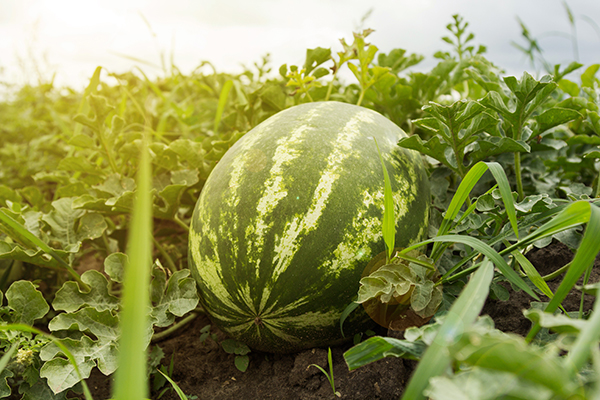The Alabama Extension System is hosting a watermelon growing meeting in Lee County Aug. 11.
CONTRIBUTED BY ALABAMA EXTENSION SYSTEM
OPELIKA —
The Extension System is teaching a watermelon/cucurbit meeting in Opelika on Aug. 11 from 9 a.m. to noon. The meeting will take place in the Lee County Extension Office at 600 S. 7th St.
Cucurbit crops are the vining plants in the garden, including cucumber, squash, zucchini, pumpkin, cantaloupe and watermelon. The topics discussed at this cucurbit meeting include variety selection, cucurbit disease identification and cucurbit insect identification. The Extension System will have a watermelon taste test during the event, planning to bring a few different cultivars from its experiment station. The Extension System encourages all to bring a watermelon from your own garden to add to the taste test.
Extension specialist Dr. Andre Da Silva and regional Extension Agents Dani Carroll and Chip East will be on hand for the discussion.
Additionally, the Extension System will hold another meeting in Randolph County at 560 County Road 56, in Wedowee, Alabama, on Monday, Aug. 14.
To sign up or for more information, contact the Extension office in the country where you would like to attend the workshop as space may be limited. Lee County Extension Office: 334-749-3353. Randolph County Extension Office: 256-452-3276. Any additional questions can also be directed to East, who can be reached at 256-846-0314, or Carroll, at 256458-6043.
GROW MORE WATERMELON
Sun: Plant in full sun (6 to 8 hours). Plant in hills spaced 5 feet apart or 1 plant per 5- to 7-gallon container (See the Plant section below.). Plant in April after any danger of frost has passed and in mid-June.
Soil: Amend with organic matter to create a well-drained soil. Avoid planting in unamended sandy or heavy clay soils. If the soil test shows pH is below 6.2, apply time in January or February as recommended. If the pH is above 6.2, apply a pH neutral calcium supplement, such as gypsum. Add ¼ cup gypsum per plant to prevent blossom-end rot. If growing in a container garden, amend each pot with ¼ cup gypsum. For proper drainage, use potting mix and ensure containers have drainage holes. Alternatively, consider using self-watering plants.
Water: Keep soil consistently moist but not saturated. Apply 1 to 2 inches of water each week and more during hot summer days. Avoid wetting leaves to prevent fungal disease. Mulch helps retain moisture.
Plant: Direct sow seed about 1-inch-deep in raised hills or containers to ensure good soil drainage. When sprouts are 4 to 5 inches tall, thin to remove all but one to two sprouts per hill or container. Plants will not grow well or produce if overcrowded. Transplants are not recommended.
Fertilize: In the absence of a soil test, apply an all-purpose fertilizer (8-8-8 or 10-10-10) at planting according to label directions. Reapply beside plants, 4 to 6 inches from the stem (side-dress), when vines begin to run.
